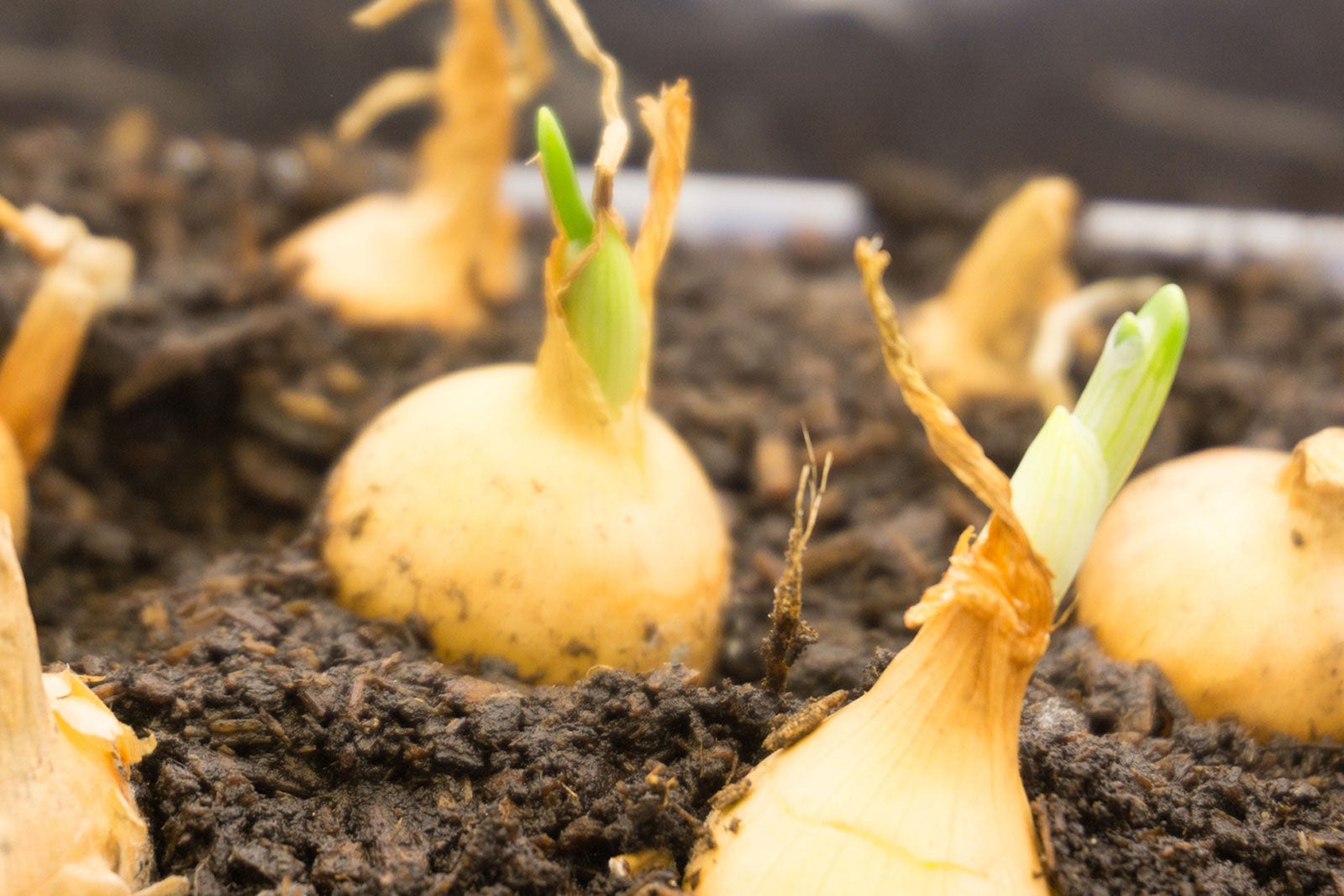Bulb Layering Ideas: Learn About Succession Planting With Bulbs


If you want a continuous swath of beautiful bulb color, then succession bulb planting is what you need to achieve. Succession planting with bulbs will yield a season-long display of flamboyant and bright flowers. The key to the process is knowing the heights of the flowers and the bloom times.
What is Succession Bulb Planting?
Planting bulbs in layers at the appropriate depths, and with an eye towards finished heights, will result in non-stop glory in even the smallest of garden beds. Bulb layering ideas should be planned out in advance. You can't just pop in bulbs in a willy-nilly manner, but should instead plot out the effect. Once it is done correctly, your garden will be the envy of everyone on the block.
If you are familiar with lasagna gardening, succession planting with bulbs will ring a bell. Much like a lasagna garden where each layer is a complimentary amendment, planting bulbs in layers will produce a well-balanced flower garden that goes and goes and goes.
Consideration of the varieties, color scheme, the timing of bloom, size of plants, and more must all be taken into consideration to achieve the desired outcome. The goal is to have a new species coming up just as the previous blooms have faded. With careful orchestration, the space will never be without flowers and color.
Bulb Layering Ideas
If you want that glossy magazine impact, start by selecting your bulbs. Choose large, medium, and small bulbs, as they will be layered according to planting depth and will bring the most diversity to the space. Select species with different bloom times so you can have (depending on your zone) flowers from spring through winter.
- For a spring display, for example, try the classic combos of grape hyacinth, daffodils, and tulips.
- For summer color, you might plant alliums, lilies, and gladioli.
- Well into autumn will find such flowers as begonias, colchicums, and magic lilies.
- Don't forget about winter. In temperate zones, crocus and snowdrop can even peek through snow.
How to Plant Bulbs in Layers
The first step is to get the beds ready by removing weeds and debris, and working soil deeply. Remove soil to a depth of 8-9 inches (20.5 to 23 cm.) but conserve it. Incorporate a time-release bulb food or bone meal into the soil.
Now take the largest bulbs, like giant alliums, tulips, or daffodils, and place them in the bottom of the area. Cover with a layer of soil. Next up are the medium-sized bulbs such as Dutch iris, muscari, or smaller tulips.
Sign up for the Gardening Know How newsletter today and receive a free copy of our e-book "How to Grow Delicious Tomatoes".
Add more soil and then the little guys. Crocus, anemone, and other tiny bulbs make up the top layer. Finish with more soil and be patient. When the season for each type of bloom arises, your bounty of color will burst out and reward your careful planning.

Bonnie Grant is a professional landscaper with a Certification in Urban Gardening. She has been gardening and writing for 15 years. A former professional chef, she has a passion for edible landscaping.